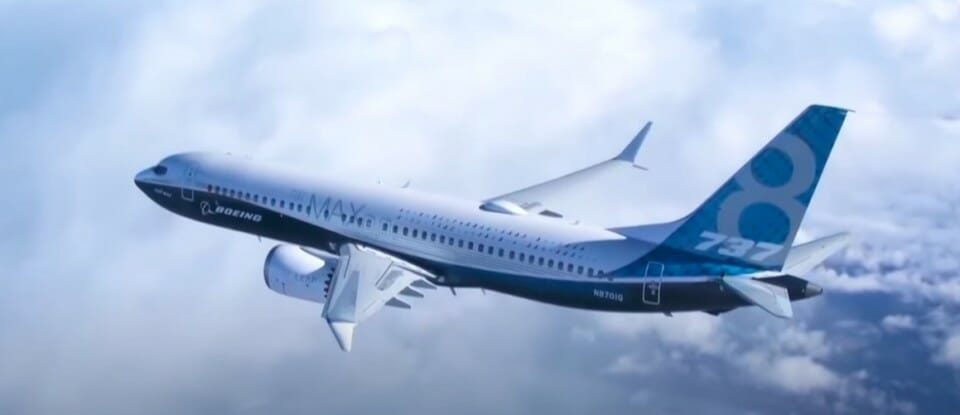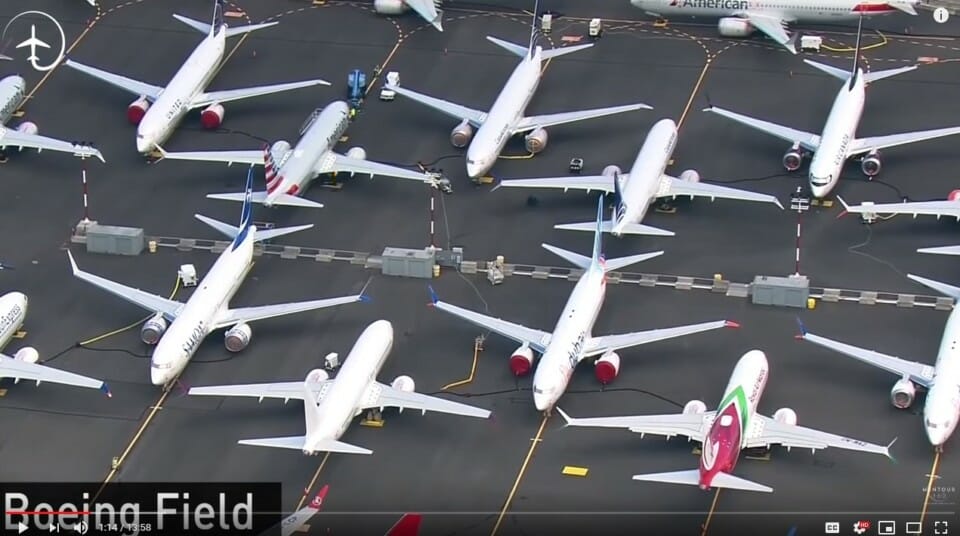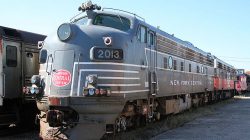Yesterday marked a key milestone in the Boeing 737 MAX program. Boeing and the FAA began the first day of flight testing to gain FAA recertification so the MAX aircraft can begin revenue flights. The test aircraft a 737 MAX7, tail number N72015 flew three segments as flight BOE701. The testing program is to validate that Boeing has fixed issued with MCAS and related issues and to determine if the FAA discovers any other problem with the MAX.
The test flights were flown to demonstrate that the MCAS system functioned as designed and to fly emergency maneuvers to verify acceptable handling characteristics. The test flights will likely last about three days. The test crew will consist of pilots and test engineers from both Boeing and the FAA.
In a statement, the FAA said the agency’s pilots and engineers, working with Boeing crew members, will evaluate software changes Boeing has made to that flight control system. Over three days of test flights this week, they will be taking the plane through “a wide array of flight maneuvers and emergency procedures to assess whether the changes meet FAA certification standards.”
“While the certification flights are an important milestone, a number of key tasks remain,” the FAA said in its statement. “The FAA is following a deliberate process and will take the time it needs to thoroughly review Boeing’s work. We will lift the grounding order only after we are satisfied that the aircraft meets certification standards.”
Test Flight Profiles
The first flight was from Boeing Field (BFI) to Moses Lake, WA (MWH)
- Airspeed: 460 mph
- Altitude: 19,000 feet
- Distance 387 miles
- Flight duration: 1:21
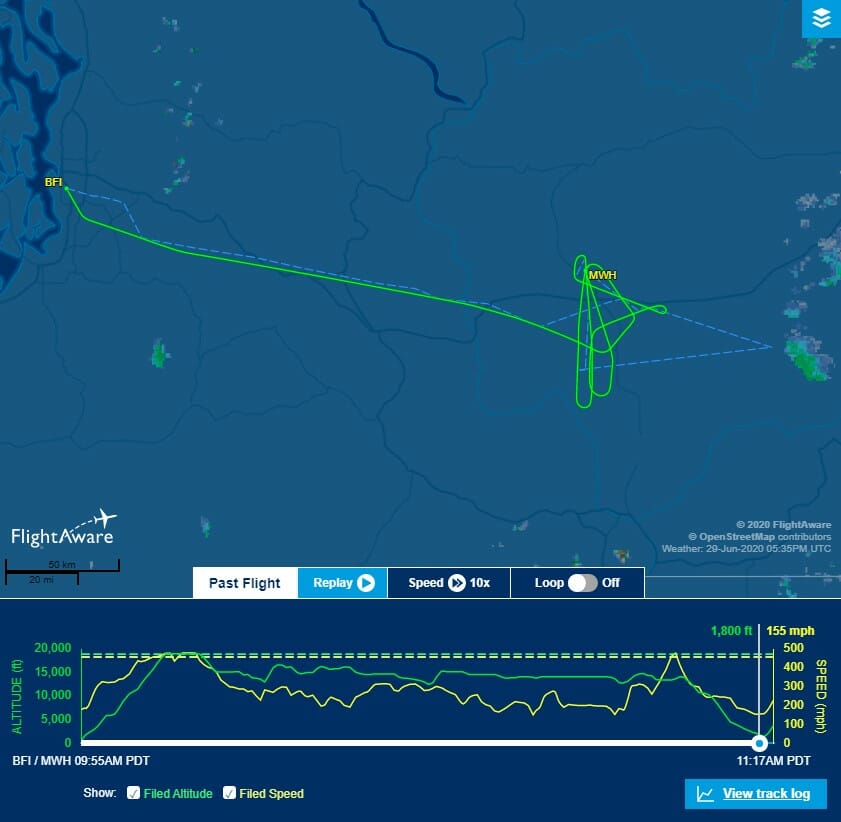
The second flight was from Moses Lake (MWH) to Moses Lake, WA (MWH). This was an orbital flight around Moses Lake.
- Airspeed: Unavailable, see chart below
- Altitude: Unavailable, see chart below
- Distance 136 miles
- Flight duration: 0:37
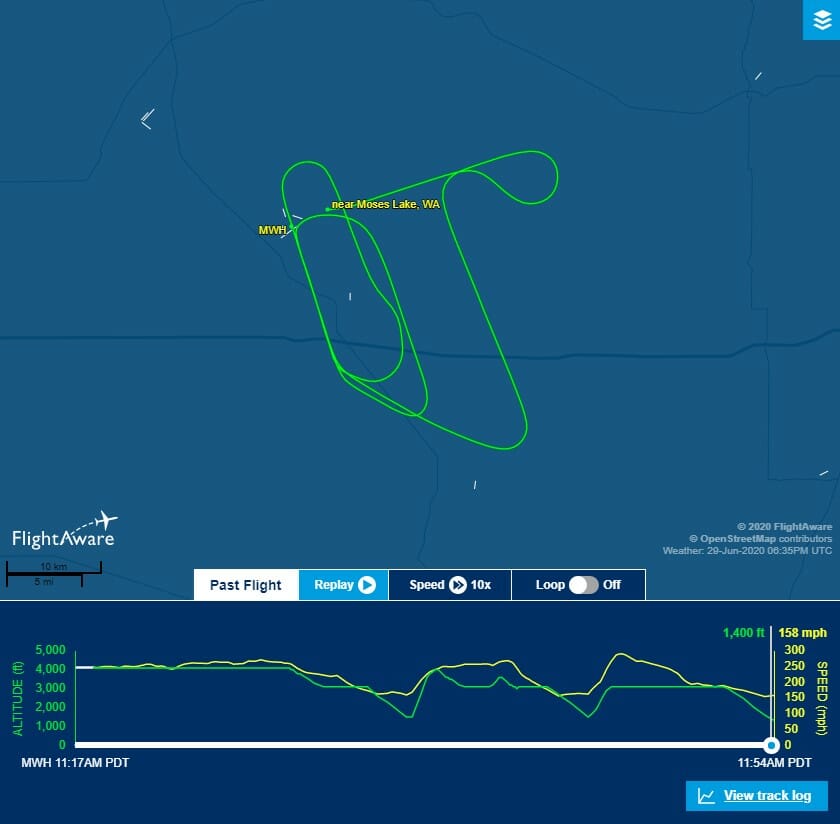
The third flight was from Moses Lake, WA (MWH) to Boeing Field, WA (BFI)
- Airspeed: 460 mph
- Altitude: 15,000 feet
- Distance 520 miles
- Flight duration: 1:42
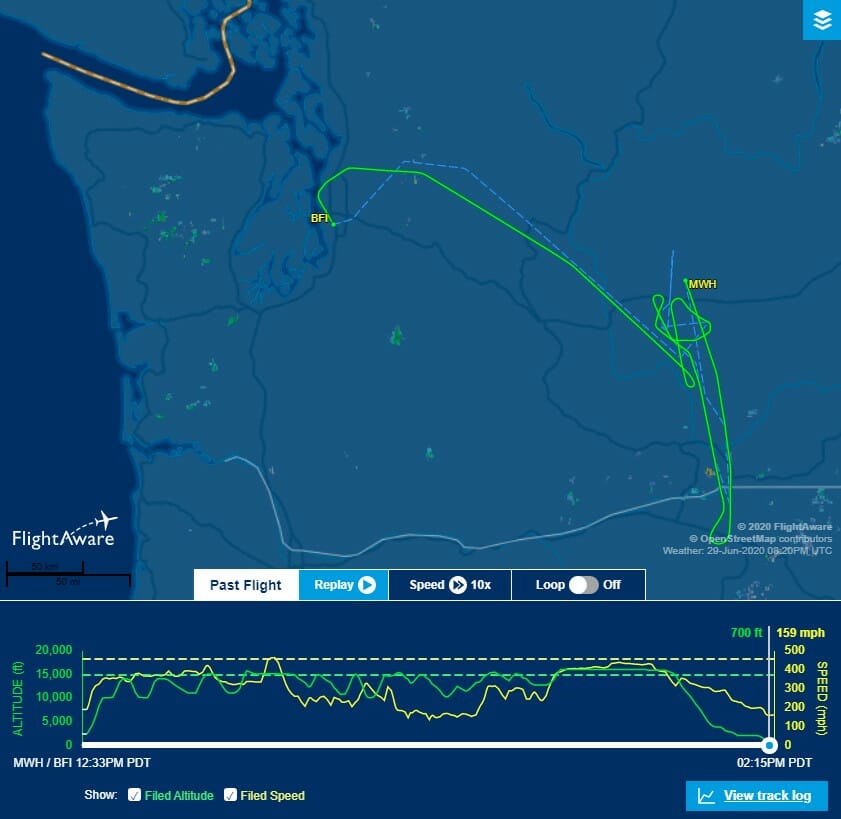
The video shows flight BOE701, tail number N72015 landing on runway 14R at Boeing Field (BFI) at the conclusion of yesterday’s flight testing:
What’s Next After Flight Testing
Passing the flight testing is just the beginning for Boeing. Boeing engineers will then need to develop service bulletins addressing software upgrades to the flight management system and rewiring requirements. After the service bulletins are approved, the airlines that already have the 737 MAX will need to have their aircraft updated and certified that the updates have been successfully completed before they can begin revenue flights.
Training for transitioning pilots will have to be approved. The 737 MAX pilots will have to obtain type-rating for the 737 MAX before they can fly the aircraft. This training will most likely require training in a 737 MAX simulator. This is an issue because at the beginning of 2020, there were only 34 installed 737 MAX simulators. Full motion simulators for the 737 MAX can cost around $15 million to purchase and have expenses of $400 – $500 per hour of operation.
Additionally, the European Union Aviation Safety Agency (EASA) will require synthetic airspeed calculation to receive their approval. It looks like the 737 MAX will be allowed to fly in Europe pending the installation of synthetic airspeed calculation.
When Will The 737 MAX Return To Service?
This all depends on how soon Boeing can pass the FAA flight tests and complete the remaining tasks to certify the aircraft as airworthy. Don’t expect the 737 MAX to be in airline revenue service before 2021. Additionally, pilots will have to take 737 MAX simulator training and achieve the 737 MAX type rating. One of the problems with pilot training is that there are only about 30 737 MAX simulators installed at this time. The lack of simulators will increase the time it takes for pilots to obtain the new type rating.
Final Thoughts
This is certainly some good news for Boeing. This disaster has cost both Boeing and the airlines a lot of money. Now is the time for Boeing to rebuild both credibility and trust to the airlines and the flying public. One obstacle that is outside of Boeing’s control is if and when passengers will be willing to fly on the 737 MAX. The bottom line is that when the 737 MAX is re-certified as airworthy, it will have been the most scrutinized aircraft testing in commercial aviation history.

